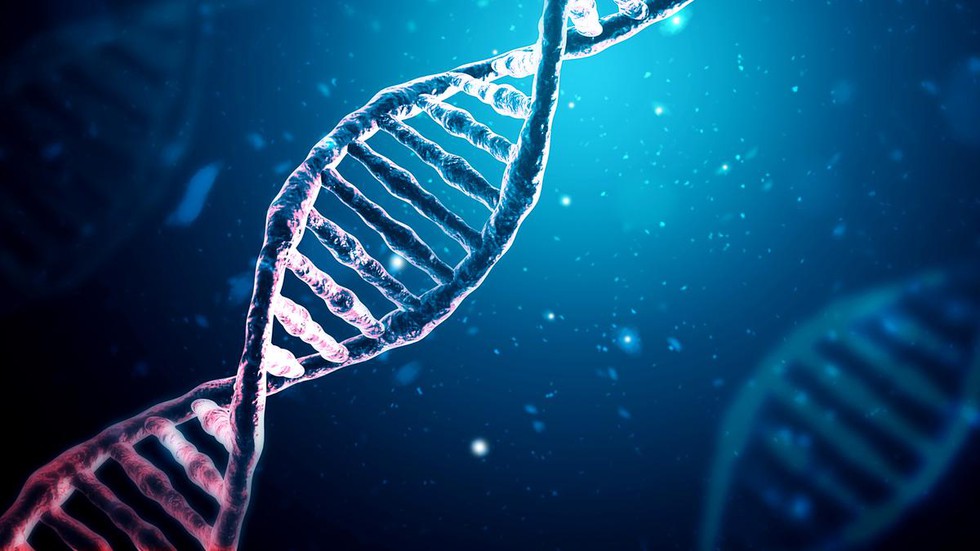
Acute Promyelocytic Leukemia (APL)

09.04.2025
Acute Promyelocytic Leukemia (APL)
|
For Prelims: What is Acute Promyelocytic Leukemia (APL)? |
Why in the news?
CRISPR-based test for rapid diagnosis of rare blood cancer Acute Promyelocytic Leukemia (APL)
What is Acute Promyelocytic Leukemia (APL)?
- Acute Promyelocytic Leukemia (APL) is a rare but aggressive form of leukemia, a cancer affecting blood cells.
- APL is a subtype of Acute Myeloid Leukemia (AML) and contributes to approximately 10-15% of newly diagnosed AML cases.
- The condition arises due to a genetic mutation where two genes—PML and RARA—fuse together abnormally, disrupting normal blood cell formation.
- This fusion leads to a significant drop in white blood cells and platelets, impairing the body’s ability to fight infections and control bleeding.
- APL is particularly dangerous because it can cause sudden internal bleeding in vital organs like the lungs and brain, which can be fatal within days if left untreated.
- Early diagnosis and treatment, however, can cure most patients, making timely detection crucial.
Symptoms and Diagnosis
- The median age of diagnosis in India is 34 years, with a male-to-female ratio of 1.5:1.
Common symptoms include:
-
- Sudden bleeding from gums and nose
- Fatigue
- Unexplained fever
- Bone pain
- Although these symptoms may resemble other illnesses, histopathological parameters such as complete blood count (CBC) and cell morphology are essential for definitive diagnosis.
Source: The Hindu
Consider the following statements regarding Acute Promyelocytic Leukemia (APL):
Statement-I:APL is a rare and aggressive form of leukemia that affects blood cells.
Statement-II: APL is a subtype of Acute Lymphoblastic Leukemia (ALL).
Which one of the following is correct in respect of the above statements?
A.Both Statement-I and Statement-II are correct, and Statement-II is the correct explanation for Statement-I.
B.Both Statement-I and Statement-II are correct, and Statement-II is not the correct explanation for Statement-I.
C.Statement-I is correct, but Statement-II is incorrect.
D.Statement-I is incorrect, but Statement-II is correct.
Answer C